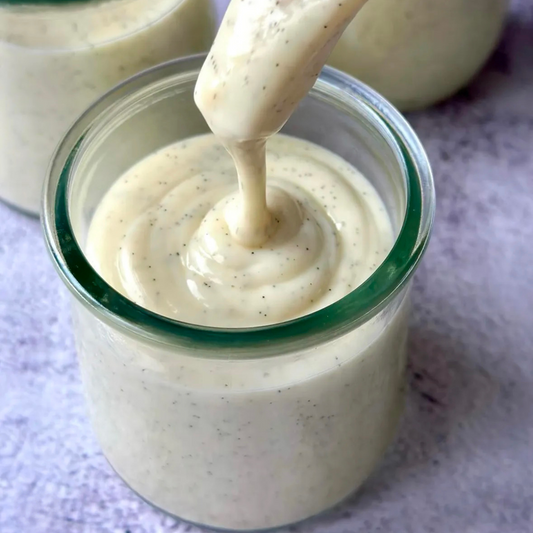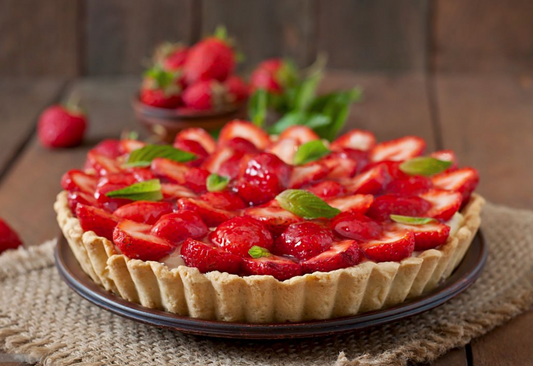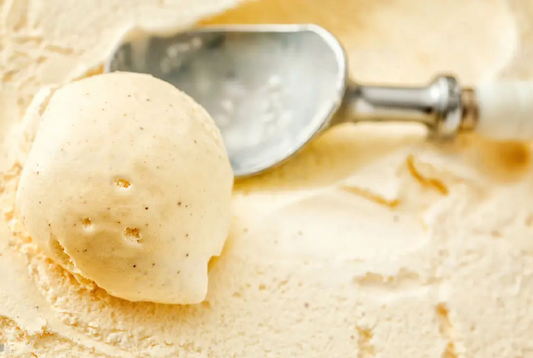Why is Madagascar vanilla so popular in 2025?
In 2025, Madagascar vanilla will remain at the heart of the global market, accounting for approximately 75% to 80% of total production. Renowned for its unparalleled aroma and exceptional quality, Malagasy Bourbon vanilla continues to delight chefs, manufacturers, and enthusiasts worldwide. This article explores the recent developments that are solidifying this spice's reputation and the new challenges the industry faces.
A terroir and climate that are still as favorable as ever
Madagascar's tropical climate, combined with mineral-rich soils, remains a key factor in the success of Malagasy vanilla. The Sava and Antalaha regions are still the main production hubs, thanks to traditional farming methods passed down from generation to generation. By 2025, local farmers are increasingly adapting to climate change by diversifying their farming practices and participating in training courses organized by local NGOs [source] .
Strengthened sustainable initiatives
Over the past year, several programs have intensified to promote vanilla sustainability and traceability. Projects like the Livelihoods Fund for Family Farming and the Mafatoky Project have stepped up efforts to support small producers, improve their food security, and increase their incomes. For example, the Madagascar 2025 Climate Fund , launched in early 2025, helps finance reforestation and agroforestry practices to restore soils and protect crops from extreme weather events.
Adaptation to climate change
The cyclones that struck in late 2024 highlighted the vulnerability of vanilla production. Losses were less severe than in 2023 thanks to the implementation of early warning systems and the expansion of protected areas. However, resilience in the face of climate change remains a major challenge. Farmers and cooperatives are experimenting with new cultivation techniques at higher altitudes and planting shade trees to limit the impact of strong winds and torrential rains.
A more transparent and better regulated global market
In 2025, the vanilla market experienced relative price stabilization. After the sharp fluctuations of 2022-2024, the gradual liberalization of exports has fostered healthier competition and greater transparency in the supply chain. Traders, processors, and international brands are collaborating more to ensure strict traceability , strengthening the reputation of Malagasy vanilla against competitors such as Uganda and Indonesia.
Persistent challenges and future prospects
Despite these advances, vanilla production in Madagascar faces structural challenges: a lack of storage infrastructure, difficult access to financing for small producers, and climate volatility. Nevertheless, the combined efforts of Malagasy authorities, NGOs, and industry bode well for promising prospects . Farmers are better trained and more organized, and global demand for natural and ethical vanilla continues to grow.
Conclusion
In 2025, Madagascar vanilla will confirm its undisputed leadership position, driven by a unique terroir, preserved traditional practices, and growing sustainable initiatives. By choosing Malagasy vanilla, consumers are supporting not only exceptional organoleptic quality, but also a rapidly evolving industry focused on resilience and respect for the environment.
To discover our Madagascar vanilla products, visit Vanilleaix .




